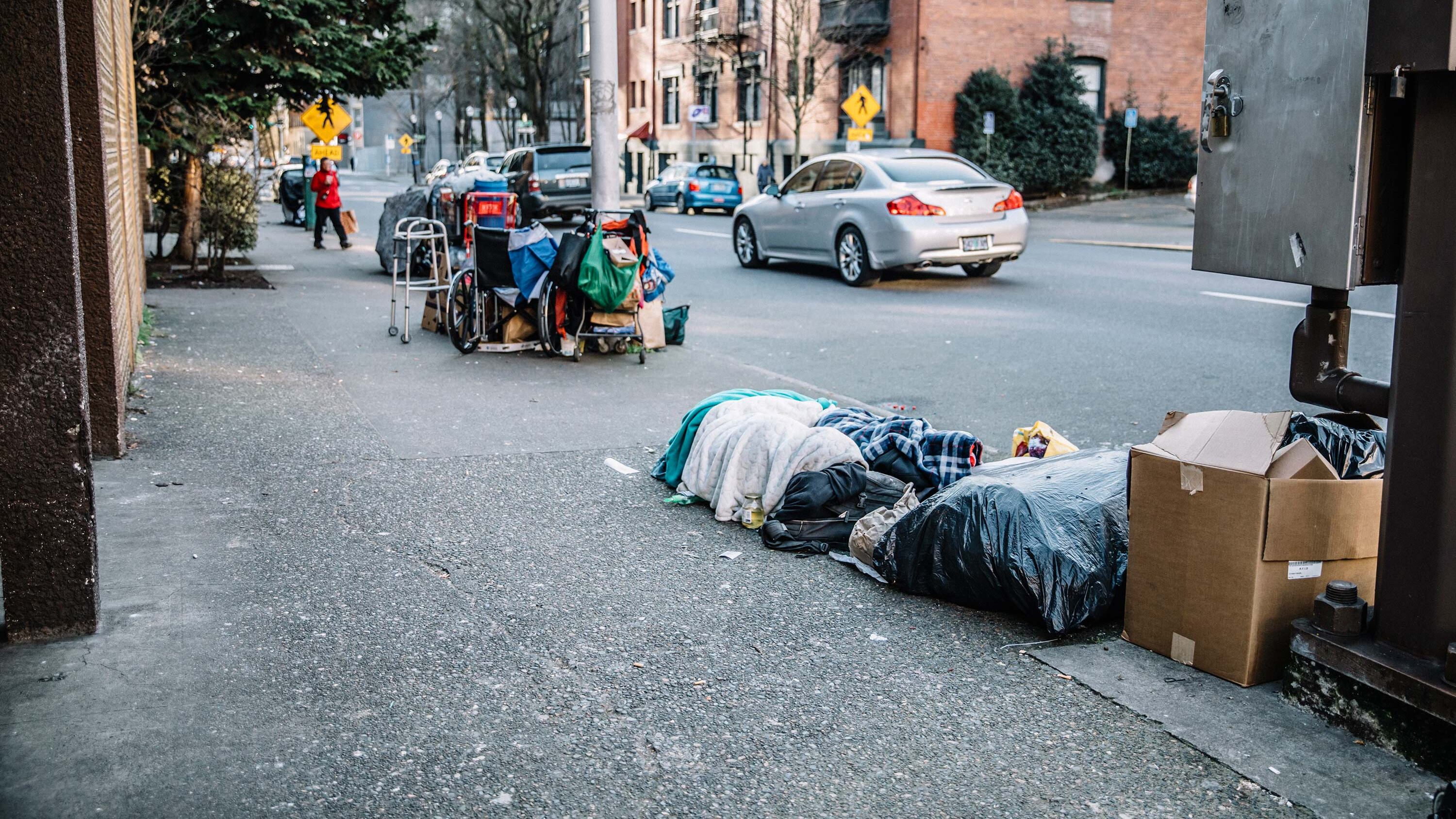The number of people living on the streets on Multnomah County this year rose to 2,037, up 22 percent from 2017. But the number of homeless people, including in shelters, declined slightly to 4,015 when compared with 2017.
The every-other-year, federally required count of the homeless population is a one-night look at who's on the streets and shelters. This year's tally (and the 2019 Point-In-Time report) provide some contradictory information about whether the county and city will continue to see increasing numbers of people at risk of sleeping outside, and whether the county and city response to that risk is adequate.
The overall numbers show that one one night this winter, 2,037 people were unsheltered, 1,459 people sleeping in emergency shelter and 519 people in transitional housing. That's 4,015 people who were homeless.
Among the reasons the report offers for the increase in the number of people on the streets: A better effort to find people in 2019 than in 2017, as well as less severe weather. That second reason may have shifted some people inside to outside. The weather (among other reasons) led to the shelters being less occupied on the night the count was conducted.
That change alone would have led to a simple 10 percent increase in people on the streets.
The decline in the number of people living in shelters partly reflects a change in policy.
Multnomah County’s Joint Office of Homeless Services ended its policy of providing shelter to any homeless family and instead returned to a system that requires wait lists. As the report notes, that does not mean a shortage of families at risk of homelessness. While there was more investment in housing for families, the report cites a range of factors that could impact why the families are not showing up in the count:
"Other factors, such as changing immigration policies, the tendency of homeless families to double up, and displacement pressures that are forcing people in poverty out of the County, would suggest that a large number of families who are still homeless are simply not showing up in this Count. We know, for example, that more than 900 families who report being either doubled up or literally homeless are on the County's waitlist for emergency housing assistance."
